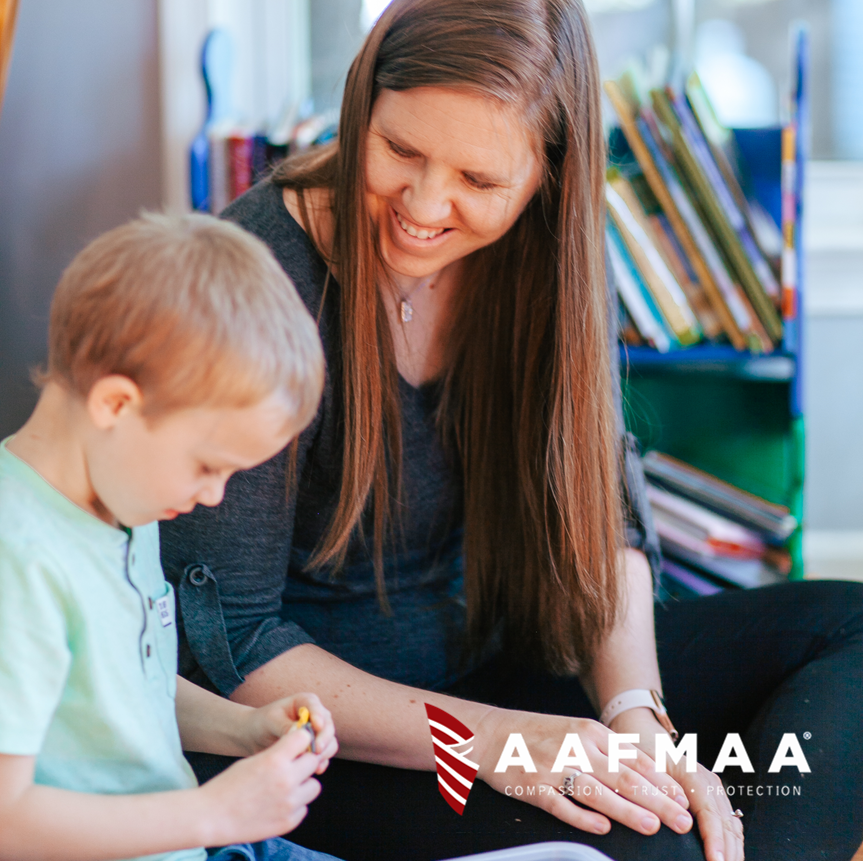By: Jen Wieczner
Now, there’s another controversial item on more children’s no-no list: wheat.
With more children going gluten-free in the past few years, according to Celiac Disease awareness organizations, parents are increasingly asking schools to accommodate these dietary needs the way they have for other allergies such as peanuts. And it’s not just banning gluten-containing products from lunchboxes. Some parents say they are requiring that arts & crafts go gluten-free too.
Wheat is the key compound in Hasbro’s signature Play-Doh, as well as other brands’ version of the classic modeling clay. To fill the void, several companies say they’ve capitalized on the hypoallergenic niche with gluten-free versions of the clay. Sales of gluten-free playdough reached 50,000 containers last year at Soy-Yer Dough, 25 to 40 times the amount the company sold when it began five years ago. Another eco-friendly company, Great White Bottling, says sales of Gluten-Free Wonder Dough increased 67% in 2012, with the majority of orders coming from schools and day-care centers. (The company quickly discontinued its regular version of Wonder Dough because the wheat-free version was more popular.) And the Gluten Intolerance Group, which certifies products as gluten-free, approved its first crafts product: Max’s Mud, a gluten-free sculpting dough sold at Whole Foods and independent toy stores in the Pacific Northwest. There are also gluten-free versions of finger paint and stickers.
It’s no surprise manufactures are looking beyond food for opportunities to market gluten-free products: Annual sales of gluten-free foods surpassed $12 billion in 2012, 18% more than the year before, according to Spins, a market research firm that tracks the industry. “We didn’t realize the market,” says Sawyer Sparks, the founder of gluten-free Soy-Yer Dough, who was inspired to create the dough by a college professor who lamented that her gluten-allergic kids couldn’t play with playdough. “It’s kind of scary how fast it’s grown.” (In 2009, Hasbro reportedly offered Sparks $500,000 to license its product, but he refused.)
According to Celiac Disease support groups and hypoallergenic dough manufacturers, parents report that their gluten-allergic children get rashes, bloodshot eyes and other wheat reactions from playing with regular playdough — not to mention other unseen stomach damage from ingesting gluten. Since kids’ crafts tend to be a messy undertaking, common projects that involve papier-mâché or playdough — which both typically contain wheat flour — could pose a problem similar to secondhand smoke if kids inhale airborne particles, according to Celiac awareness groups and parents of allergic kids. “Because gluten-free has gotten that fad appeal, people don’t realize this is a serious autoimmune disease, and kids don’t have a choice,” says Alice Bast, president of the National Foundation for Celiac Awareness. “It’s not just to cut out carbs or lose weight.”
Hasbro declined to address safety concerns about Play-Doh. But a spokeswoman said in a statement that “wheat is in fact a necessary ingredient in the formulation of Play-Doh,” and that the company advises parents and caregivers that the product contains wheat on its product labels.
To be sure, experts say the disease afflicts very few schoolchildren, and Bast does not believe any schools have prohibited wheat entirely. Though gluten-free rules resemble the controversial bans on peanuts and PB&J sandwiches that some schools have instituted, there is an important difference between the two allergies: While slight exposure to peanuts can trigger immediate life-threatening anaphylactic reactions in allergic people, gluten causes problems that become severe over time, and only if it is ingested.
But some gluten-free converts don’t want to take any chances. Before Tania Pineo’s daughter went gluten-free, the then 3-year-old was so severely malnourished she had a seizure and was hospitalized. The Greenville, Pa., parents didn’t take the Celiac Disease diagnosis lightly. Pineo devoted two weeks before school started each year to compiling a list of gluten-free school supplies, including playdough and other craft materials. While the process was a full-time job and gluten-free playdough cost about five times more than the regular stuff, Pineo says it was necessary to protect her daughter: “It was the only way she could walk in the door.”
Schools are required under the Americans with Disabilities Act to accommodate severe food allergies such as Celiac Disease by making safe alternatives available. And officials have recently enforced the requirement: A Massachusetts court in December ruled that a Boston-area university will have to serve gluten-free foods for allergic students.
But unlike food items, which are required by the FDA to list their ingredients, products that are not intended to be eaten, such as craft materials like playdough, can keep their recipes secret for competitive reasons.“There are no voluntary requirements to list anything, and because of the propriety nature and competitiveness of that field, many just don’t,” says Mary Shluckebier, executive director of the Celiac Sprue Association, a gluten-free support group.
The Association publishes a 200-page listing of approved gluten-free products, but the arts & crafts section barely takes up a single page, Shluckebier says. To fill the void, recipes for gluten-free playdough, finger-paint, papier-mâché and goop have proliferated on the Internet so teachers and parents can cook their own.



